Cultural factors are decisive
The research team has tested its solution in a variety of environments such as a Swiss hospital and healthcare facilities in Africa, as well as in two rural villages in Kenya and the Ivory Coast.
However, the technology and its possibilities are only one aspect of the system, context is another. “Understanding the cultural environment is just as important for the success of an application like this,” as Leal Neto knows from experience of numerous projects in collaboration with the SocioPatterns group, including in Brazil and Malawi.
The data the system provides, needs to be interpreted differently depending on the circumstances. One consideration is exactly how the sensors are worn. Garments made of thick fabric, for example, can affect the signal quality. With this in mind, Leal Neto and the research team have already put the system through its paces at an early stage, with initial pilot deployments in Switzerland, Kenya and Ivory Coast.
Identifying risk situations
In Switzerland, badges were issued to almost all of the 40 employees in the infectious diseases outpatient centre at the Kantonsspital St. Gallen – from nurses and medical teams to the administrative staff – for one working day. Four fixed sensors were also installed at the coffee machine, in the lounge and at the hand hygiene dispensers in two patient rooms. “Although the system is still in its infancy, the initial results are already extremely revealing. These kinds of applications have great potential in hospitals,” says Philipp Kohler, who supervised the study as the hospital’s senior physician.
In hospitals, what such systems enable above all is much more effective prevention. “If we know where and under what circumstances risky contacts take place, we can take targeted action, for example by making masks mandatory in certain situations,” Kohler explains. It should also be possible to investigate questions such as the effect on the infection rate of different mask types or hand disinfection routines.
More challenging for village communities
In Kenya and the Ivory Coast, the research team partnered with two local organisations to set up tests in rural areas. These partners were the Centre Suisse de Recherches Scientifiques (CSRS) in Côte d’Ivoire and the Center for Public Development (CPDH) in Kenya. For Onicio this collaboration with local organisations was a key step: “If you want people to participate, your project must incorporate the local social fabric and the social norms of the communities.” A total of 340 employees in healthcare facilities and villagers took part.
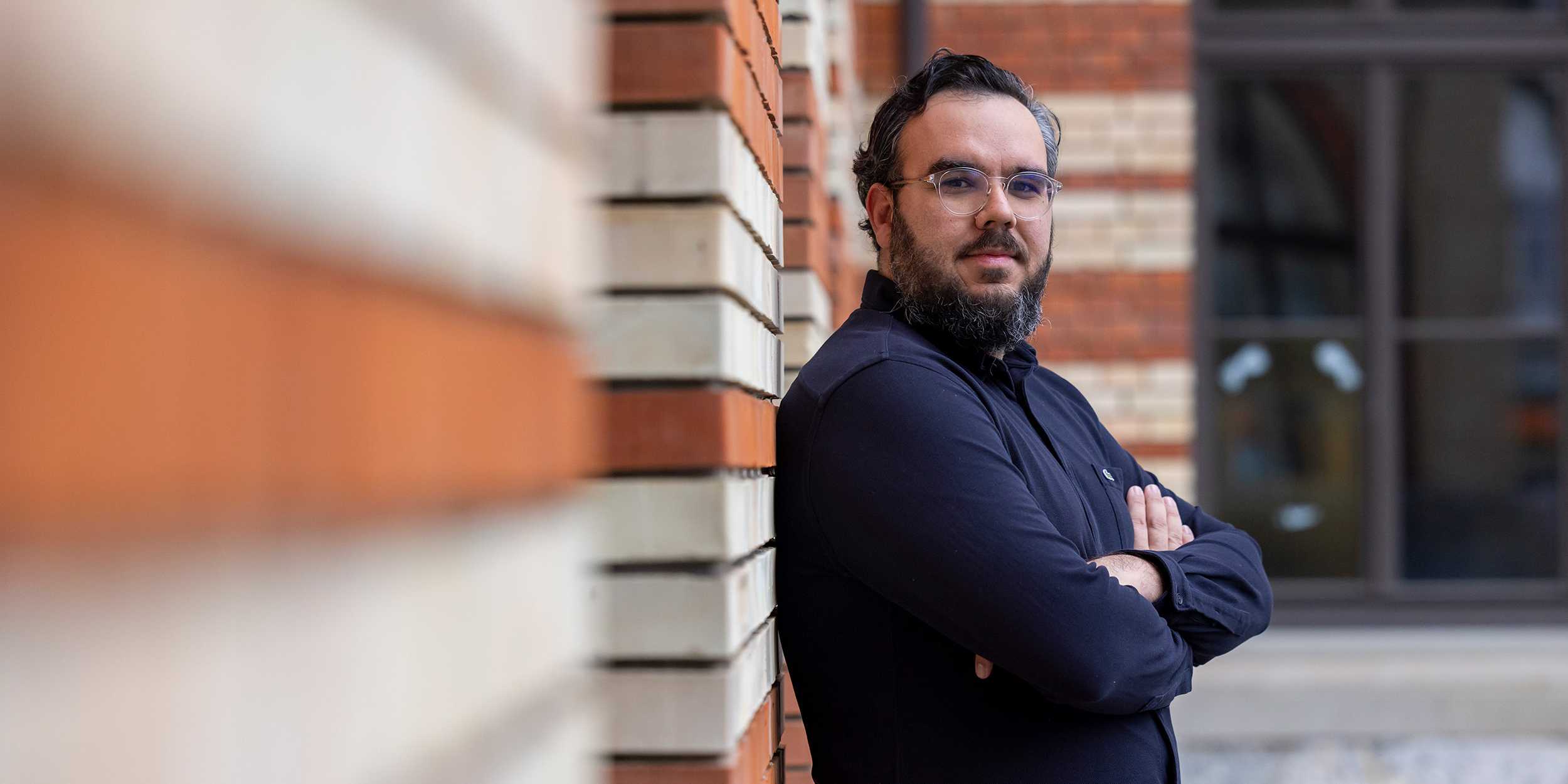
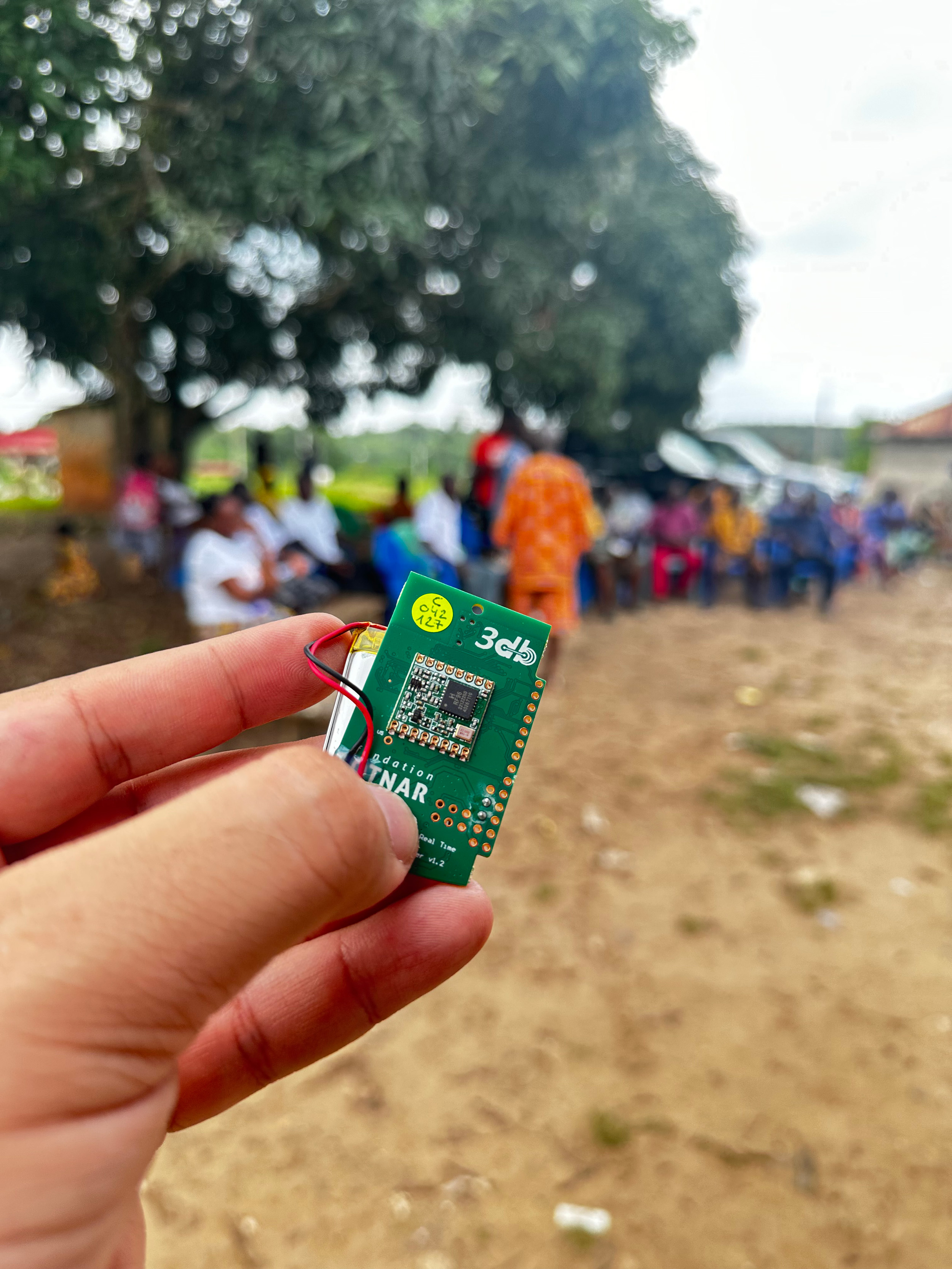
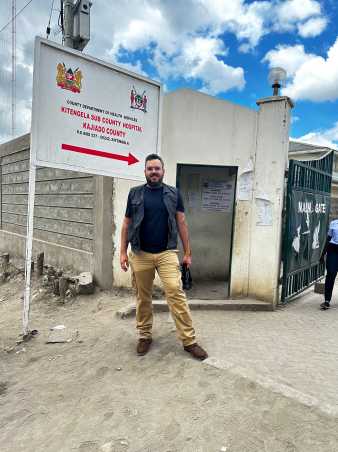
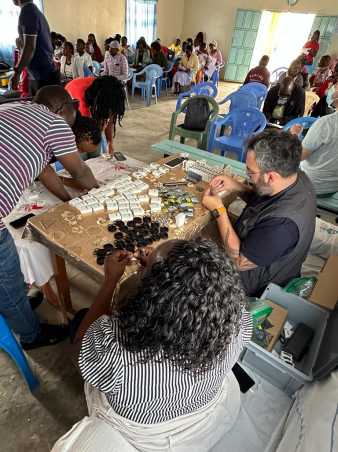
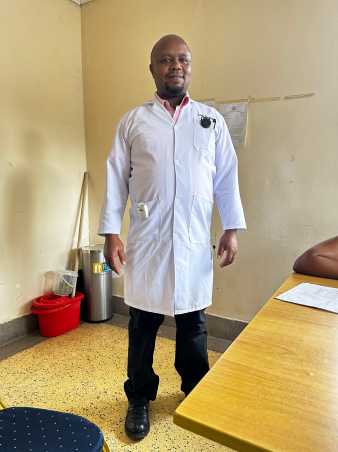
Comments
No comments yet